05/06/2023
The exhibition We live like trees inside the footsteps of our ancestors is the first outcome of Dr Mariana Cunha’s (University of Westminster) curatorial research in collaboration with Dr Marianna Tsionki (Leeds Arts University). Here, Dr Cunha introduces the curatorial concept.
This research explores forms of ecological thinking in contemporary art, focusing on how environmental shifts and crises come to bear on artistic practices from Latin America. The exhibition showcases the works of four artists, Marianne Hoffmeister Castro, Jeannette Muñoz, Renata Padovan and Maya Watanabe, who offer new perspectives of the human-nature relationship. Through their radical visions of the environment, these artists challenge conventional ideologies of landscape and territorial ownership, standing apart from traditional colonial thinking.
The title of the exhibition draws on the first lines of Vito Apüshana’s poem, Kataa—Ououta (To Live—To Die), an ode to nature’s cycles, conjuring the image of the tree as an agent that represents deep ties to ancestrality, mystic and ritualistic webs weaved in a biocultural environment. Rooted in the indigenous philosophy of Wayuu people, whose ancestral territory lies in the Venezuela-Colombia border, the poem voices their cosmovision, relationship with nature and understanding of the natural environment. Drawing on Apüshana’s words and imagination, the exhibition We live like trees inside the footsteps of our ancestors presents diverse responses to environmental spoliation on human and nonhuman life, inviting us to reappraise human-nature entanglements. The artists’ works reflect critically on the inextricable relationship between ecological crisis and colonisation in the Global South.
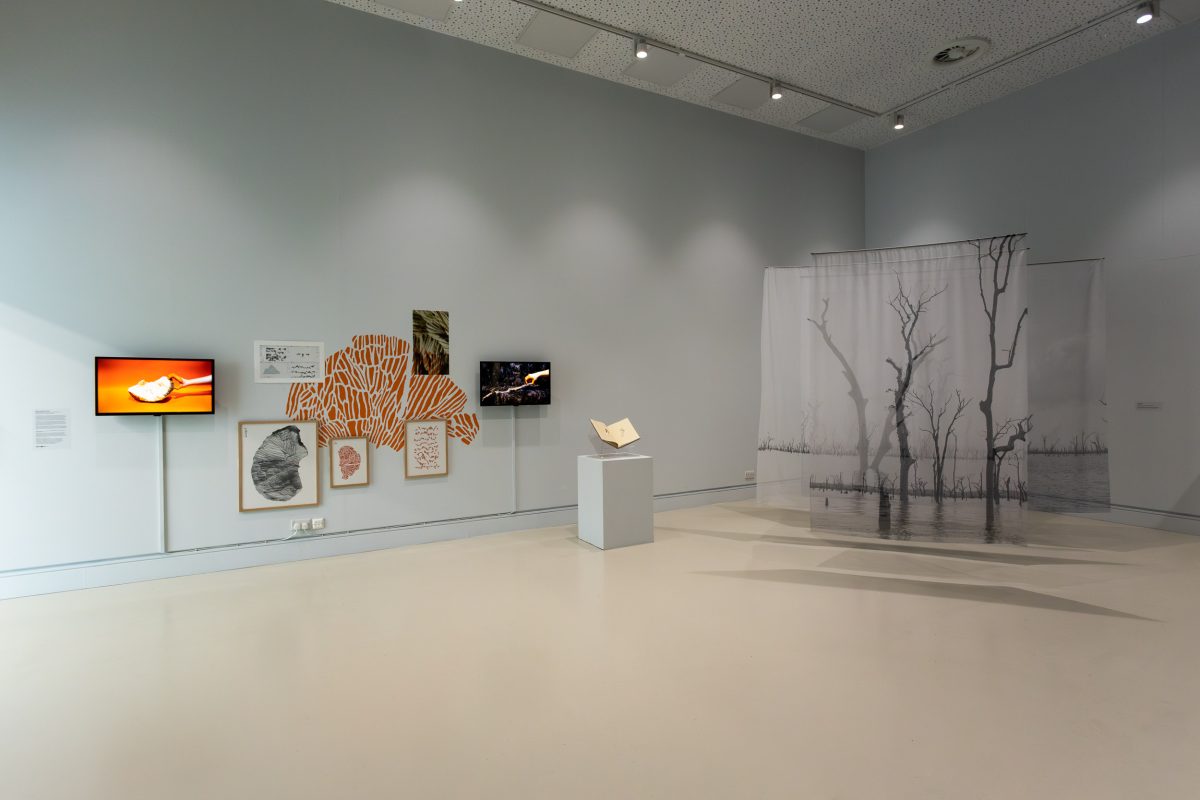

Encompassing mix-media, sculptural and audio-visual installations, the exhibition moves radically apart from colonial legacies and capitalism’s fixation with material surplus, which became the foundation for exploitative economies, extractive practices, and the schism between nature and culture. Engaging with the intensifying environmental crisis, the artists’ pieces presented in the exhibition disrupt long-established ideologies of landscape and territorial ownership, thus challenging conventional colonial, anthropocentric thinking. Instead, the exhibition invites us to immerse ourselves in the radical coexistence, networks of care and imaginative elaborations of the environment.
A Study of Beaverness or How (not) to be a World-Destroyer (2020-ongoing) by Marianne Hoffmeister Castro reconsiders the afterlives of colonialism in a narrative experiment that explores the presence of beavers in different territories and contexts. In 1946, the North American beaver was introduced into Tierra del Fuego to establish regional commercial fur trading. Following the failure of the fur industry, the non-native species were seen to be invasive; an eradication plan – one of the largest ever attempted – was agreed by the governments of Chile and Argentina. Hoffmeister Castro’s work challenges the dominant perception of invasiveness through multidisciplinary methodologies proposing speculative fabulations and alternative environmental futures. The 2-channel video and research materials are part of an ongoing research-based project which presents non-human perspectives and new iconographies of multispecies cohabitation. Experimenting with language and representation, the work grants nonhuman animals a complex historical agency defying the colonial paradigm of invasiveness and destruction. Rather, we are called to participate in new futures of survival and coexistence.
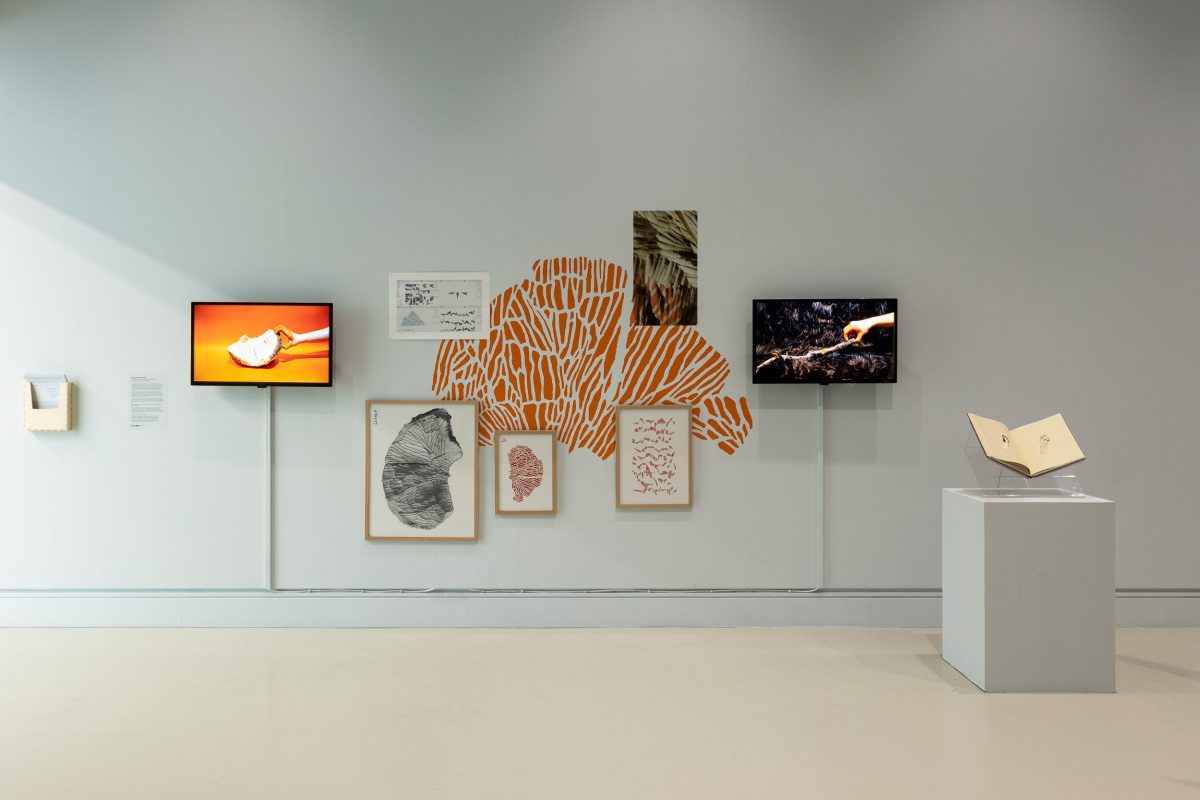
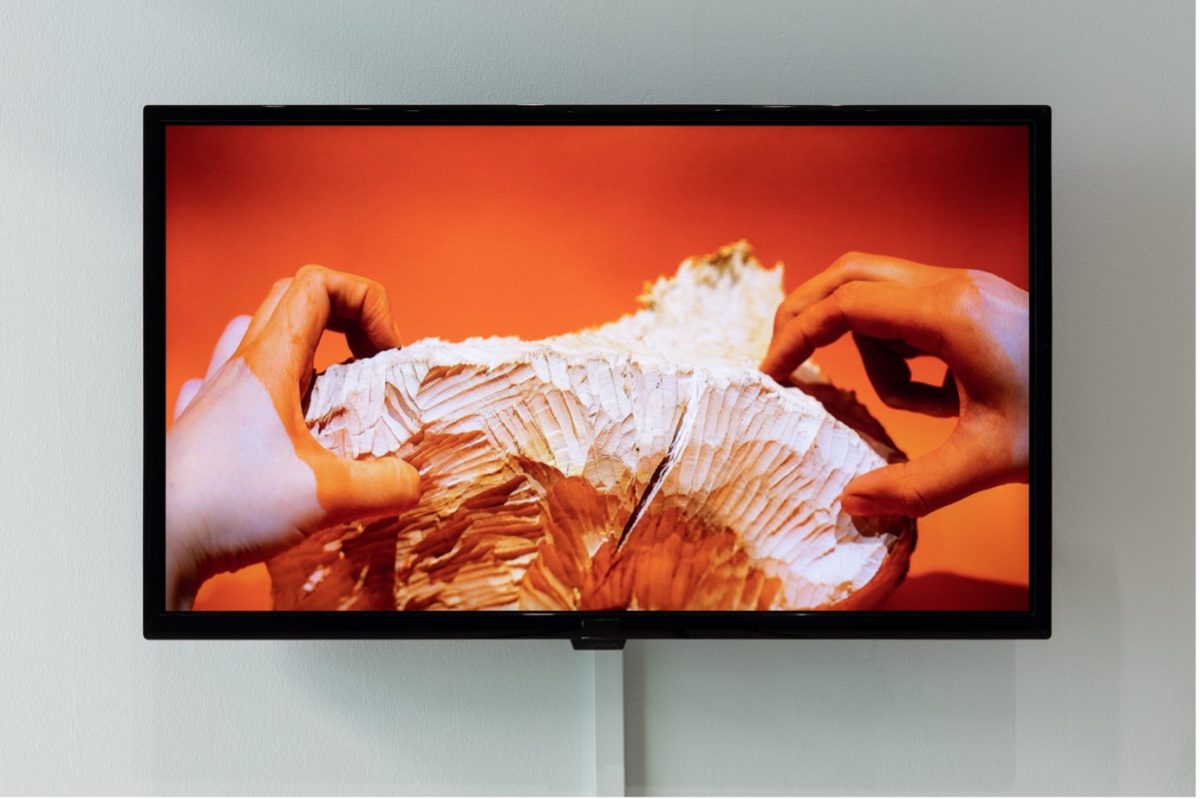

Irreversible (2019) by Renata Padovan explores the aftermath of large infrastructure projects on the Amazon Forest. Focusing on images of snags, standing dead tree trunks emerging from the waters of a flooded forest, the photographic installation invites us unswervingly to face the impacts of extractive activities in the Amazon Forest. In 1981, during the military dictatorship in Brazil, the construction of the Balbina hydroelectric dam and power plant on the Uatumã River began. To this day, it is a controversial project considered to be one of the biggest ecological disasters in Brazil. It flooded 2,360 square kilometres of forest, whose vegetation went on to decompose in the reservoir, destroying biodiversity and violently displacing Waimiri-Atroari indigenous groups from the autochthonous territory. Printed in voile fabric, the black and white reproductions offer us a sensorial route through the effects of this disaster, thereby exposing the ecologically destructive impacts of ‘irreversible’ developments like Balbina.
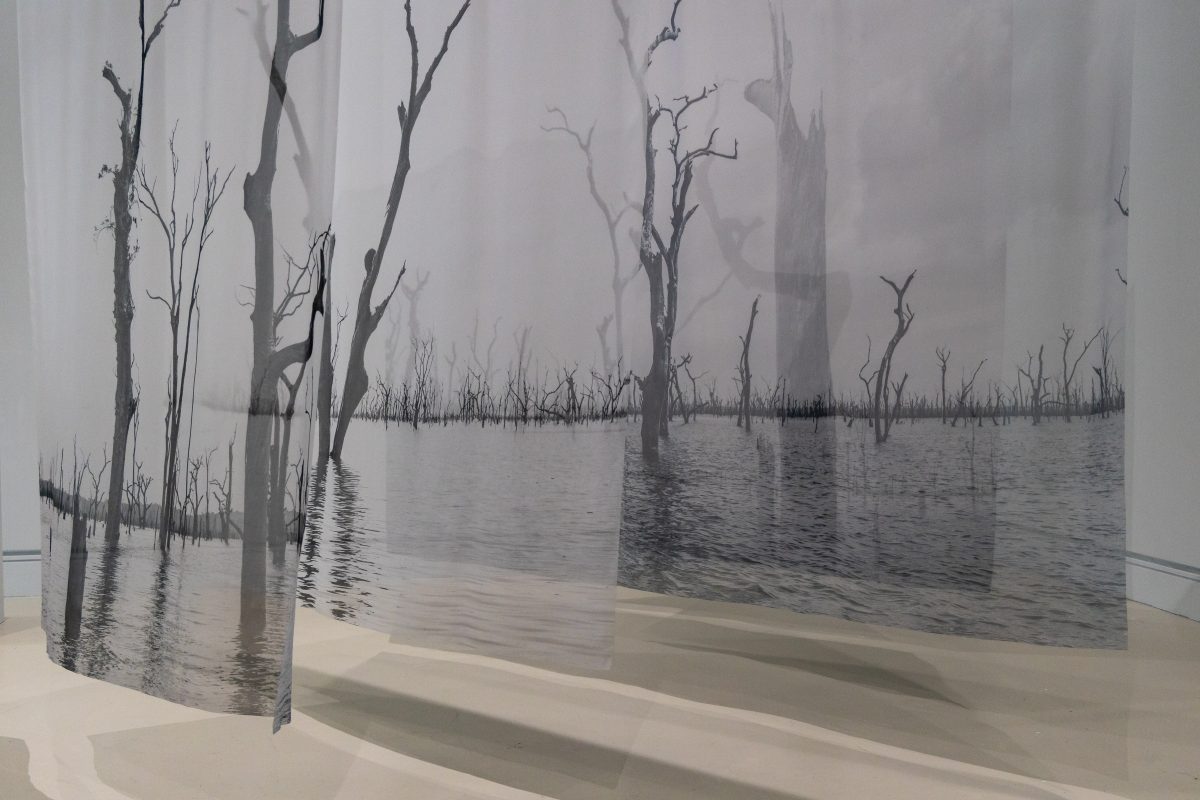

Derived from Mapudungu, Puchuncaví is a town in the Valparaiso province in Chile, also known to be one of the terminals of the pre-Columbian Inca Road system. Uncontrolled industrialisation and extractive activities have turned Puchuncaví into a sacrifice zone, generating extensive social and political tensions. In the two-channel video installation Punchucaví (2015-ongoing), Jeannette Muñoz creates an inventory of fragments, multiplicities, and environmental conditions, in a multi-layered visual representation of the area. The 16mm moving images acquire a tactile feel, where environmental inequality is depicted in fleeting scenes of contaminated waters, toxic air, local fishing activity and animal life, all providing a textural quality to this biocultural environment.
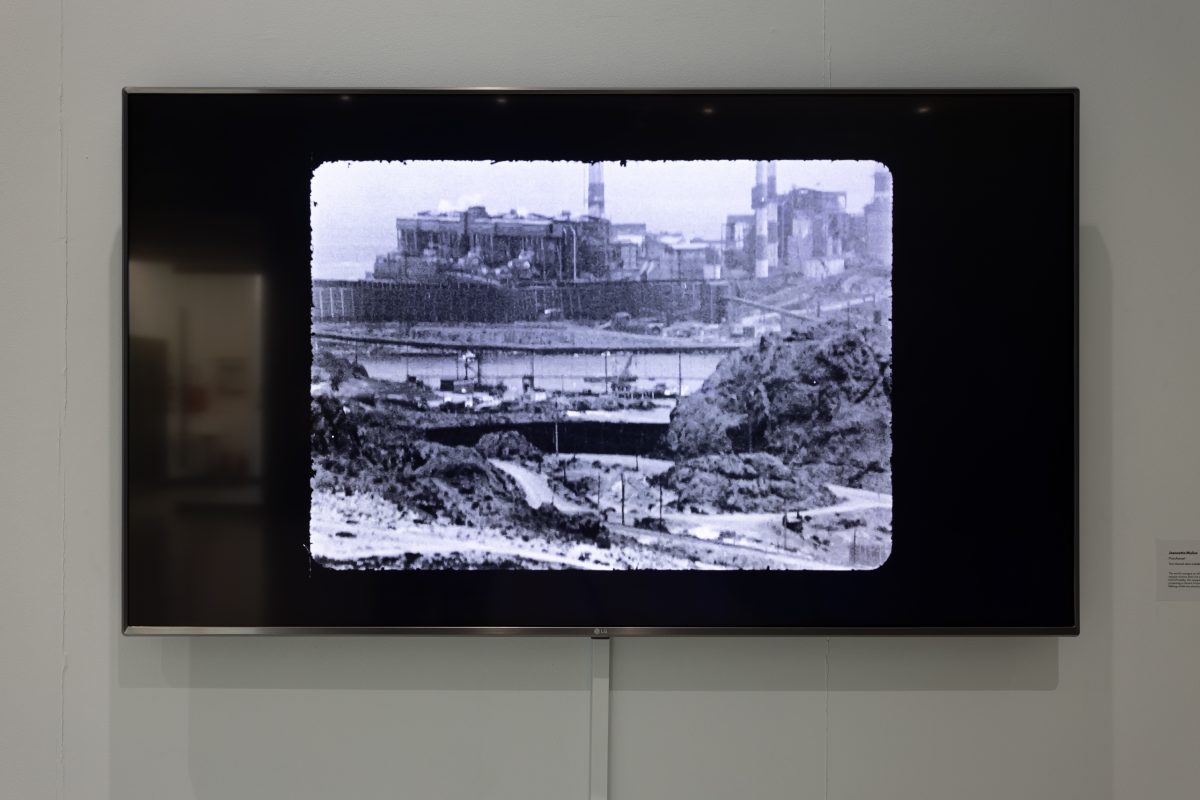
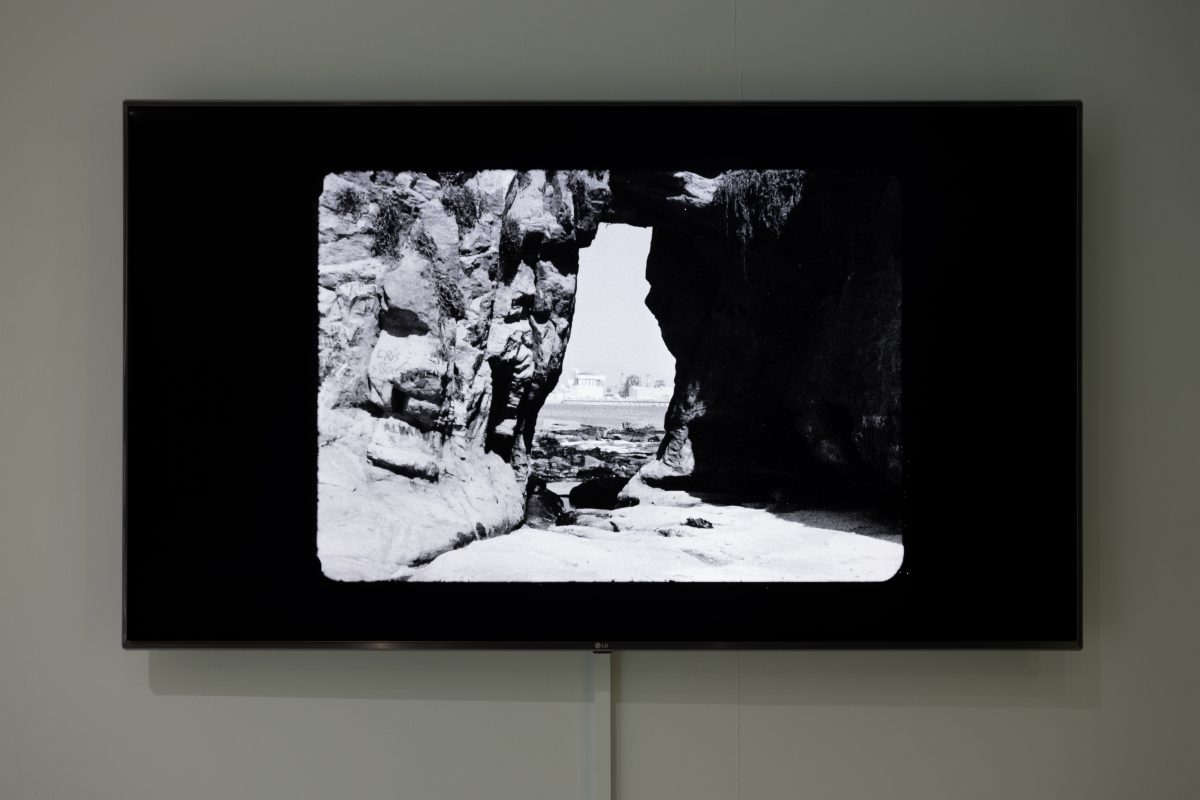
Strategies of survival are explored in Maya Watanabe’s Stasis (2018). This immersive video installation looks closely at the steady reactivation of metabolic operations of crucian carps. Guided by a scientist and filmed at De Waag’s 17th century anatomical theatre building, Stasis disrupts our conventional notions of scale and rhythm, and registers the almost imperceptible inactivity of the fish activating its self-regulating system to undergo cryogenic preservation. As such, the work explores the physiological knowledge of the carp to exist between living and non-living states, while the mesmerising images prompt us to challenge biopolitical conventions of life and death.
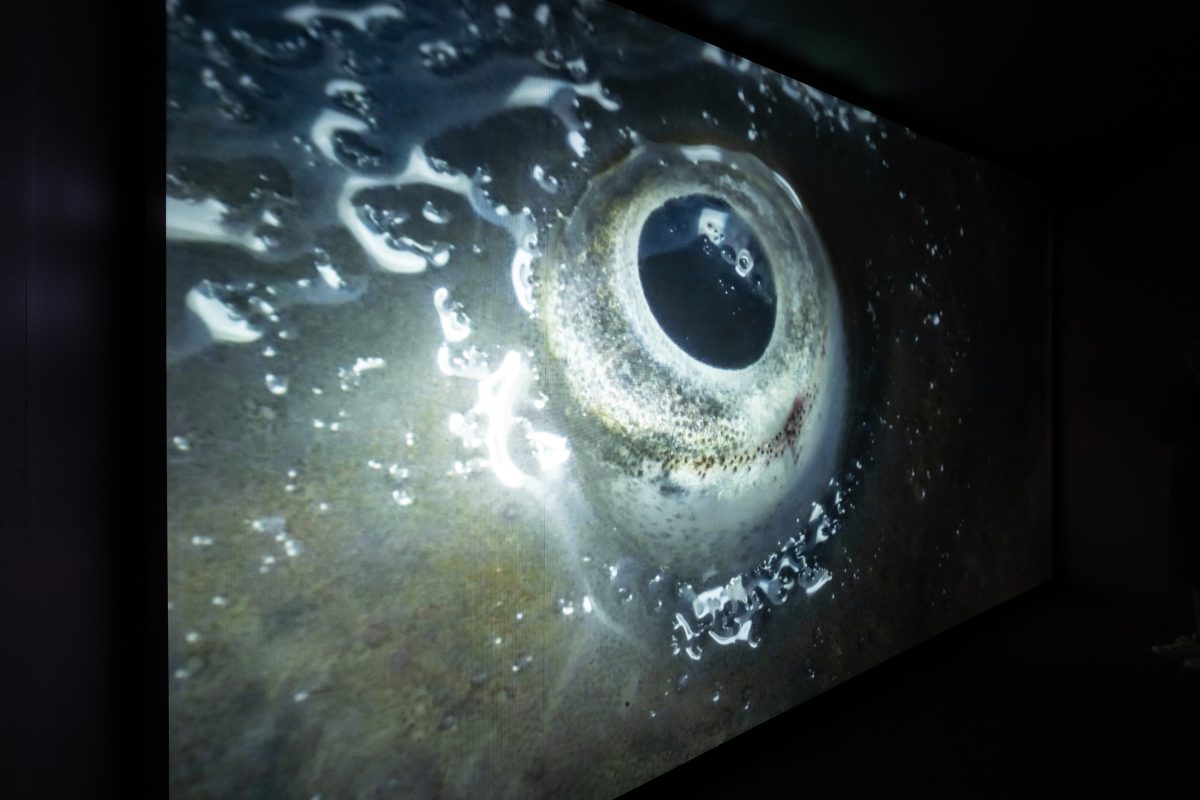

We live like trees inside the footsteps of our ancestors is open to the public from Monday to Saturday (10am-4pm) until Saturday 22nd July. Find out more on the Leeds Arts University website.